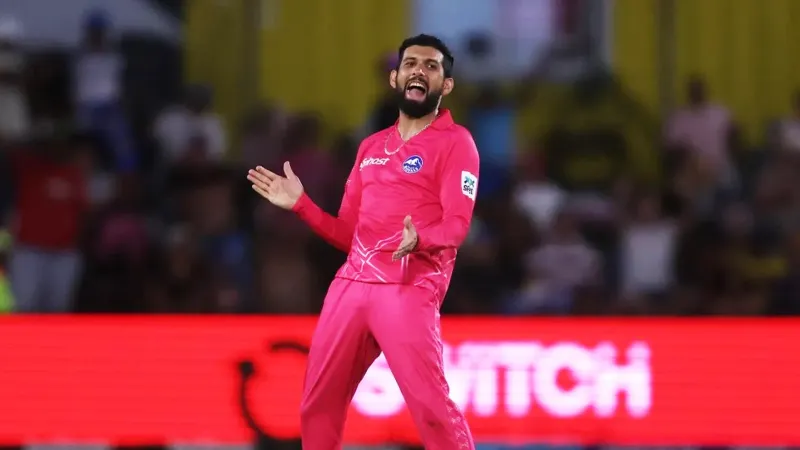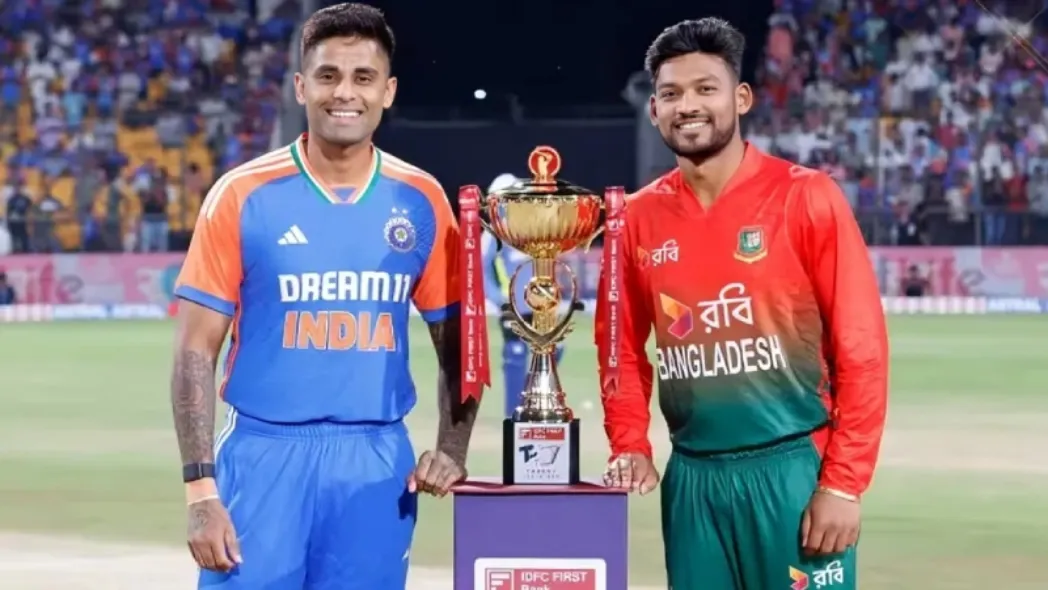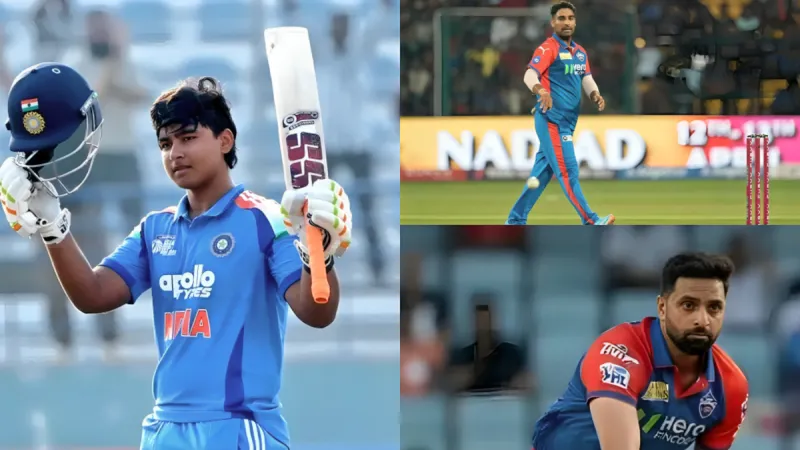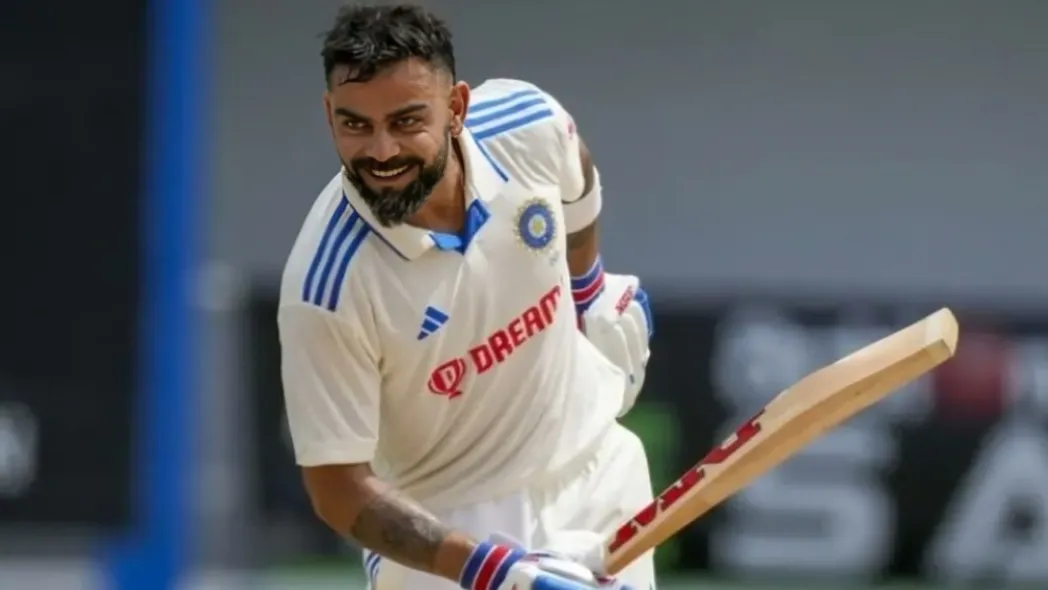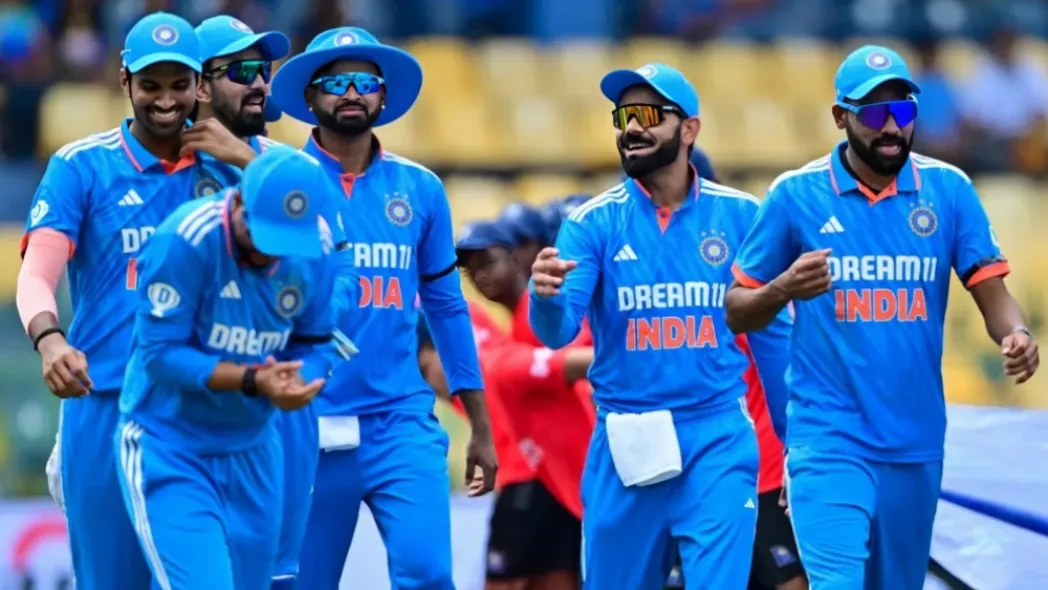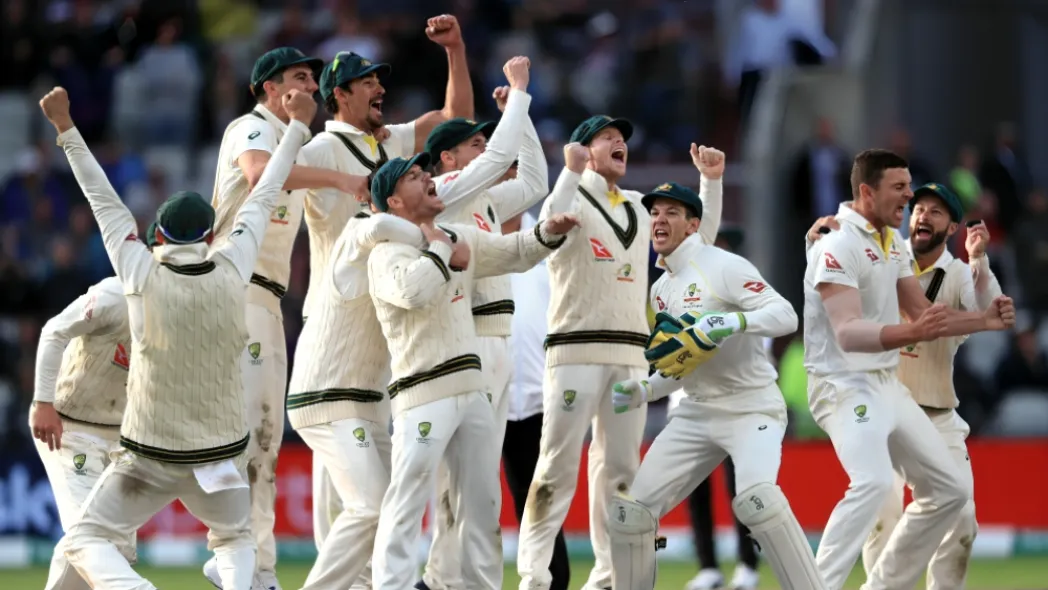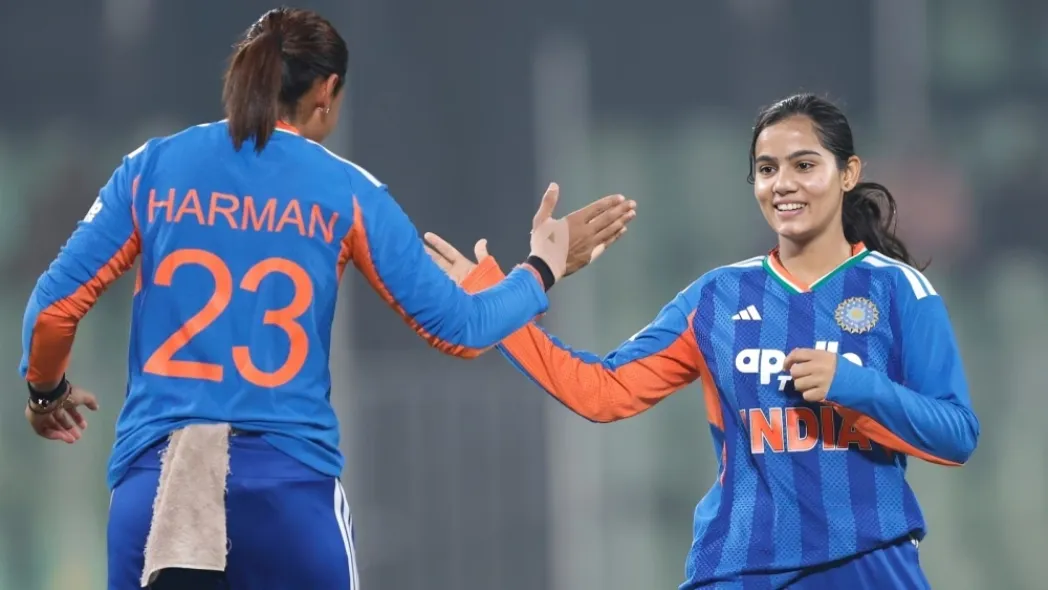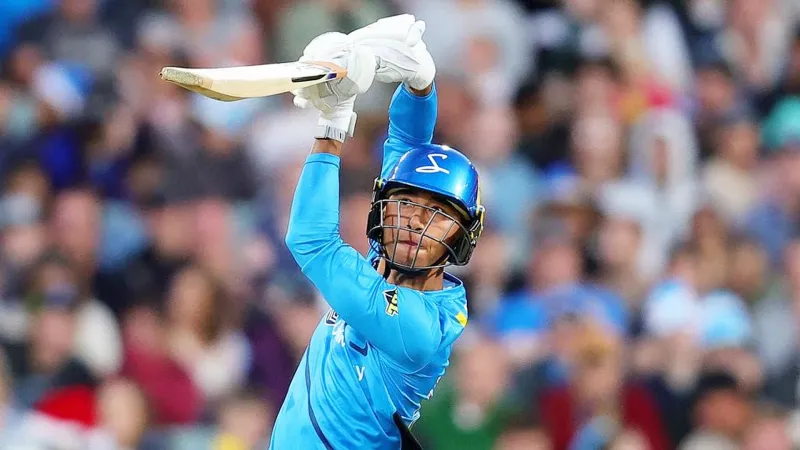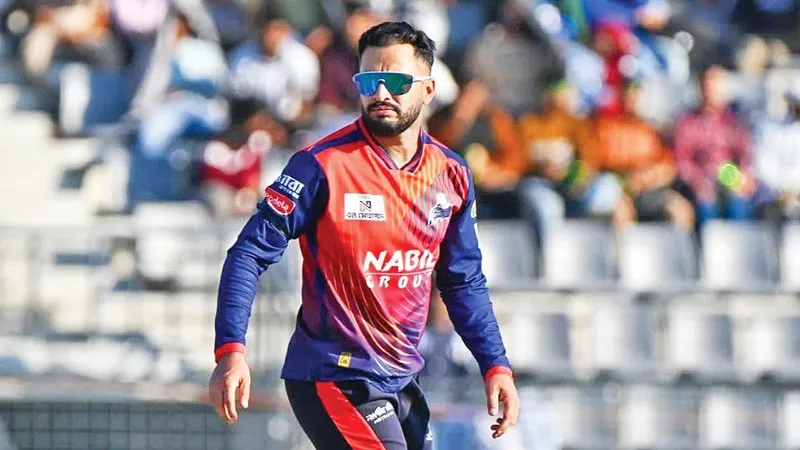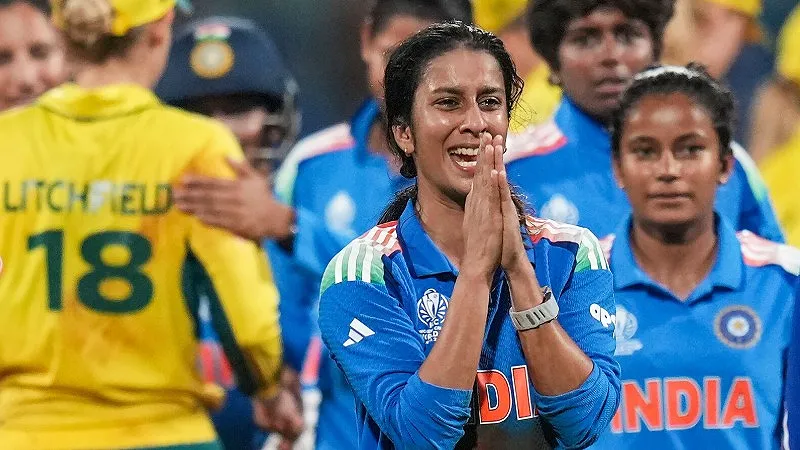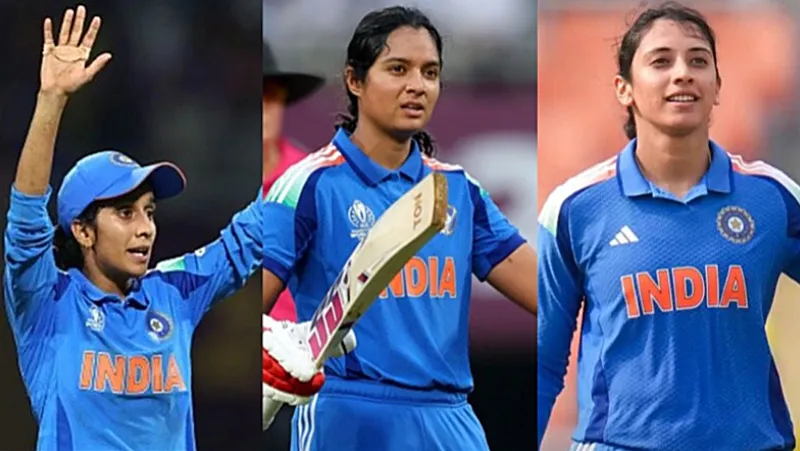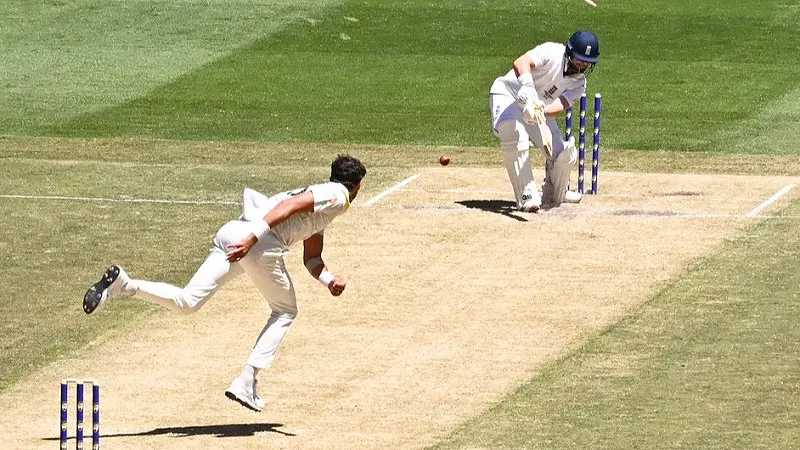Winning the T20 World Cup is a highly sought-after achievement in the cricketing world, requiring a perfect blend of strategy, skill, and execution. The format’s unpredictability and the rapid pace of the game demand that teams be adaptable and sharp in every facet of the game. Drawing insights from experts like Aaron Finch and Michael Clarke, we can identify three crucial elements that teams must focus on to clinch the T20 World Cup.
Dominating the Power Play
The power play, the first six overs of the innings with only two fielders allowed outside the 30-yard circle, sets the tone for the rest of the match. Finch emphasizes that taking early wickets during this period is crucial. A strong start with the ball can disrupt the opposition’s batting lineup and prevent their key players from settling in.
Australia, for instance, has a well-balanced bowling attack capable of exploiting the power play. Mitchell Starc’s lethal pace and swing, Josh Hazlewood’s precision, and Pat Cummins’ versatility make for a formidable trio. Additionally, Adam Zampa provides an excellent spin option, potentially adding another dimension to the attack. Taking early wickets puts pressure on the batting side, forcing them to rebuild their innings and often leading to mistakes.
On the flip side, from a batting perspective, Michael Clarke highlights the importance of capitalizing on the power play due to the typically slower Caribbean pitches. Aggressive batting from the outset, with players like Travis Head and David Warner, can provide a solid foundation. Clarke advocates for a fearless approach, taking calculated risks to maximize the scoring potential in the first six overs.
Effective Middle Overs Strategy
The middle overs (7-15) are often where games are won or lost. Finch points out the importance of maintaining momentum after the power play, particularly through boundary hitting and playing against spin. The middle overs can see the game drift if the batting side becomes too conservative, allowing the bowling team to regain control.
In conditions like those in the West Indies, where pitches can be slow and offer natural variation, the ability to handle spin is vital. Clarke stresses the need for effective strike rotation and innovative shot-making, such as sweeps and reverse sweeps, to counteract spin bowlers. Ensuring that set batters capitalize during this phase is crucial, as starting afresh on such pitches can be challenging.
Australia’s lineup, featuring aggressive middle-order players like Glenn Maxwell, can be pivotal in this context. Maxwell’s ability to play unconventional shots and his proficiency against spin makes him a key player in maintaining the scoring rate and putting pressure back on the bowlers.
Flawless Fielding and Catching
Catching is an often-underestimated aspect of the game, yet its importance cannot be overstated. Dropped catches can turn the tide of a match, giving dangerous batsmen additional chances to inflict damage. Finch notes the deplorable catching standards in recent tournaments like the IPL, underscoring the necessity of reliable fielding.
Top players like Heinrich Klaasen and Glenn Maxwell need only one opportunity to change the course of a game. Ensuring that such chances are taken is paramount. Consistent fielding builds pressure and boosts the morale of the bowling side, often leading to wickets through direct or indirect pressure.
Want to stay ahead in the world of cricket? Explore our comprehensive Blog Post, insightful analysis, and the latest updates on all your favorite fixtures and more at JeetBuzz News. Don’t miss out and dive into the action now!









